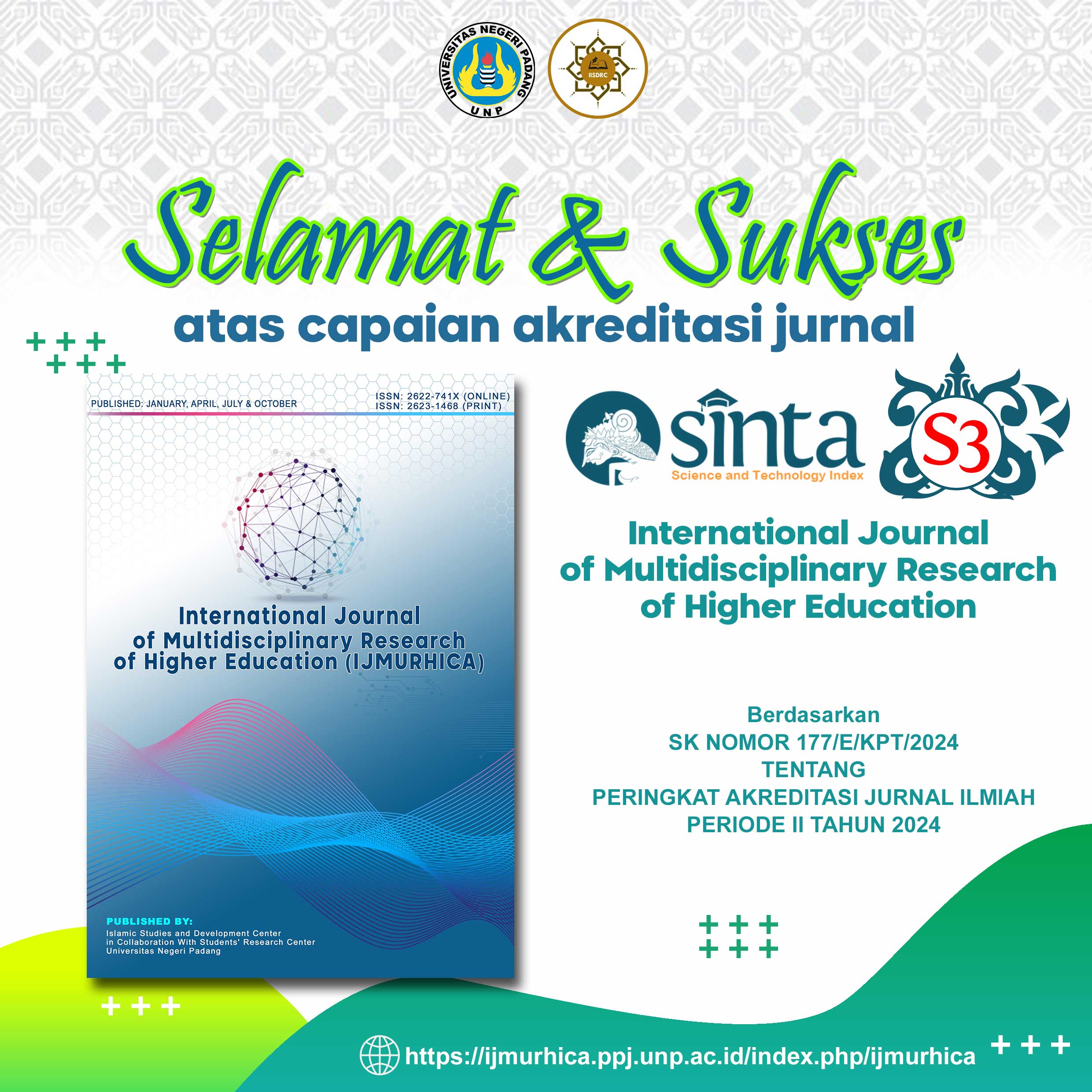The Innovative Econometric Approaches for Predicting Myanmar's Central Region as a New Economic Hub
DOI:
https://doi.org/10.24036/ijmurhica.v7i3.228Keywords:
Economic hub prediction, econometric modeling, infrastructure optimization, multicollinearity, Myanmar developmentAbstract
This quantitative study aims to develop a data-driven framework for optimizing infrastructure investments in Myanmar’s Central Region, identified as a prospective economic hub. Integrating the Cobb-Douglas Production Function, Ridge Regression, and Composite Index Analysis, the framework systematically evaluates four key economic inputs: private capital, labor, transport infrastructure, and public infrastructure and GDP output. Ridge Regression addresses multicollinearity in government budget data, improving stability and reliability of coefficient estimates, while the Composite Index aggregates these inputs into a single metric of economic potential. Findings reveal that the Central Region scores highest, highlighting its readiness to become Myanmar’s next economic hub through strategic infrastructure investments. This robust methodology surpasses traditional models by providing policymakers with a practical tool to reduce regional disparities and prioritize high-impact investments. The study’s implications extend beyond Myanmar, offering a scalable model adaptable for other developing economies facing similar infrastructure and growth challenges.
Downloads
Downloads
Published
How to Cite
Issue
Section
License
Copyright (c) 2024 Kyi Zaw Myint, Nyan Myint Kyaw

This work is licensed under a Creative Commons Attribution-ShareAlike 4.0 International License.






